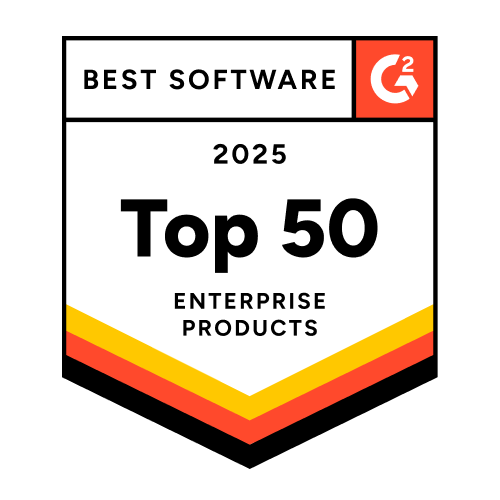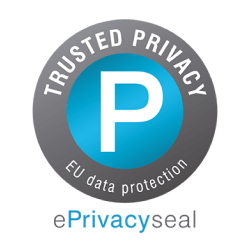What is Cookieless Personalization?
Cookieless personalization lets you create tailored experiences for your visitors without relying on third-party cookies or intrusive tracking. For example, you might show “Top Trending Products” to a user based on their device type or page context, even when they haven’t logged in or accepted cookies.
Why use Cookieless Personalization?
- Drive higher engagement with zero-party data: Collect preferences with short surveys and interactive content, so you can personalize messages and offers according to real user inputs, without tracking their browsing beyond your website.
- Maximize conversions using in-session context: Trigger targeted recommendations, reminders, or promotions using real-time signals (like items in cart or exit intent) to guide users and reduce drop-off, even for anonymous visitors.
- Strengthen privacy and loyalty: Deliver relevant experiences based on broad signals, such as device, browser, or product viewed, demonstrating explicit respect for user privacy and boosting long-term trust and retention.
Cookieless Personalization vs. Traditional Personalization:
| Feature | Cookieless Personalization | Traditional Personalization |
| Autonomy | High: No user tracking | Requires cookies |
| Context | Real-time session, device | Cross-site user history |
| Integration | Works with zero/first-party data only | Requires external data partners |
| Learning | Based on consented/shared data | Infers from aggregate browsing |
| Example | Suggest top products via page context | Retarget browser-based cart drop-offs |
FAQs
You can leverage contextual signals such as page type, session length, and device to tailor recommendations or messages. Insider’s tools let you trigger dynamic campaigns based on these non-personal identifiers. Learn more about Insider’s cookieless personalization solution.
No. Collecting zero- and first-party data through surveys, on-site engagement, or email preference forms, combined with session- or contextual-based triggers, allows actionable insights for segmentation and targeting. See First-Party Data Strategy for best practices.
Yes. Marketers report higher retention and cart completion by using time-limited promotions, recommendations based on session data, and contextual CTAs, even for anonymous users. See examples in Cookieless Marketing Strategies.
Integrate a CDP to collect consented data, update workflows to trigger campaigns on contextual and session activity, and leverage personalization tools with built-in cookieless algorithms.












